Microbe Collection
Ongoing – (See Cards)…
This set simply aims to collect “microorganisms” as loosely as defined as those species that are multicellular, singled cell or smaller (essentially SCALE value of 3 or less). Given the incredible diversity and abundance of species in this category, the Phylo project is hopeful that this collection will grow to represent this important part of biodiversity.

Pinnularia
Diatom group

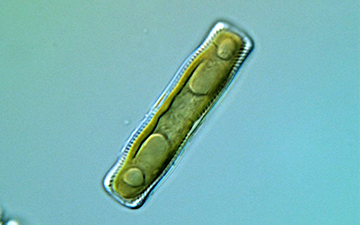
2 POINTS
Play: Pinnularia is considered an AUXOTROPH.
Fact: Pinnularia are common form of phytoplankton and have cell walls made of slilica (called a frustule).

Rhizamoeba
Amoeba genus

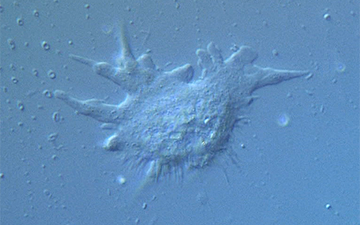
4 POINTS
Play: Rhizamoeba has a MOVE of 2, and is considered an HETEROTROPH.
Fact: Amoebas are often defined as unicellular organisms with no defined shape.

Tetrahymena
Tetrahymena genus

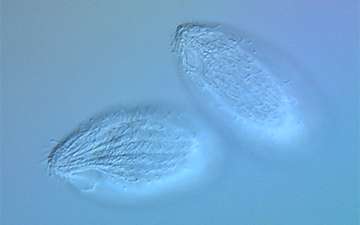
4 POINTS
Play: Tetrahymena has a MOVE of 1, and is considered an HETEROTROPH.
Fact: Tetrahymena is a widely used model organism in biological research.

Rotifer
Rotifer Phyla

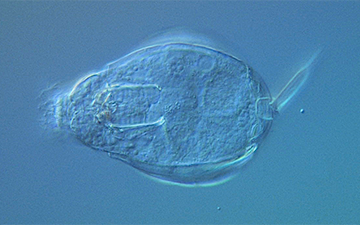
7 POINTS
Play: Rotifer has a MOVE of 1, and is considered an EUKARYOTROPH
Fact: The body of a Rotifer is divided into a head, trunk and foot, as well as being often cylindrical.

Rimaleptus
Dileptus genus

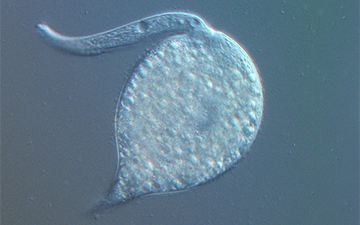
7 POINTS
Play: Dileptus has a MOVE of 1, and is considered an EUKARYOTROPH.
Fact: Dileptus has a prehensile probiscus that is loaded with toxins used to stun prey.

Phacus
Phacus genus


2 POINTS
Play: Phacus has a MOVE of 1, and is considered an AUXOTROPH
Fact: Phacus propels itself by gyrating its body.